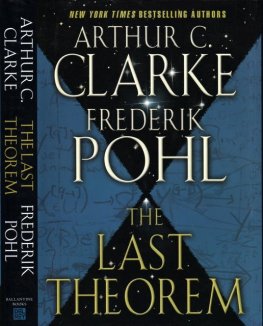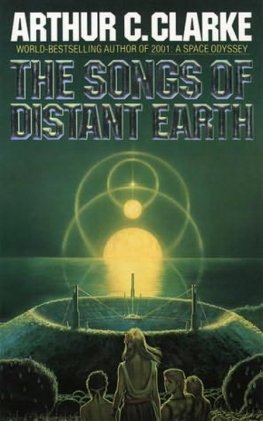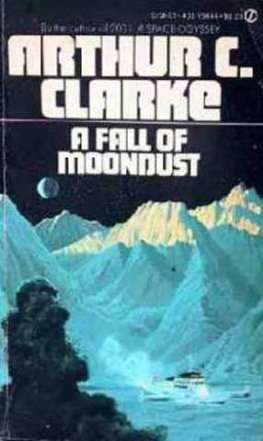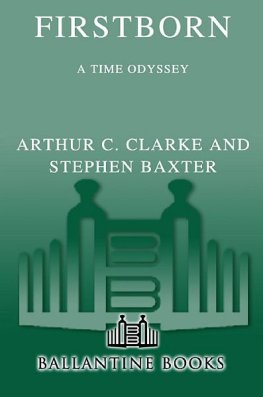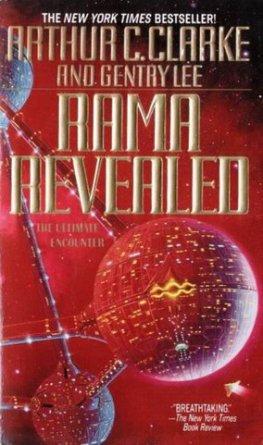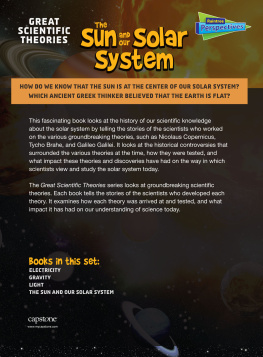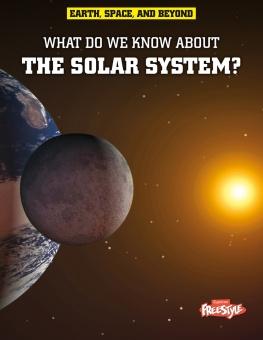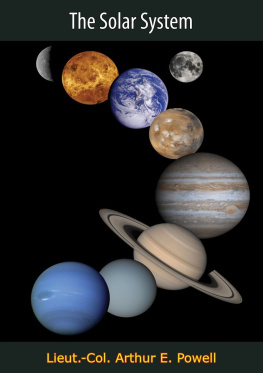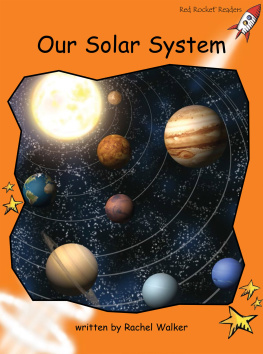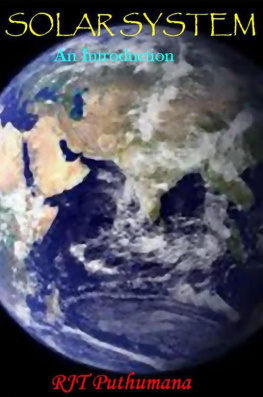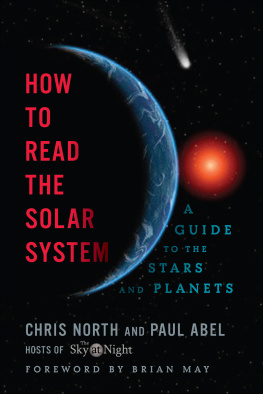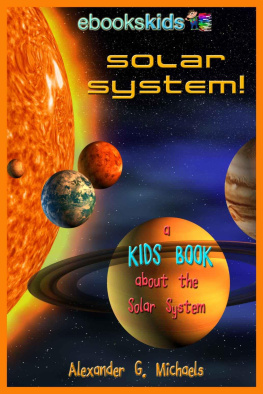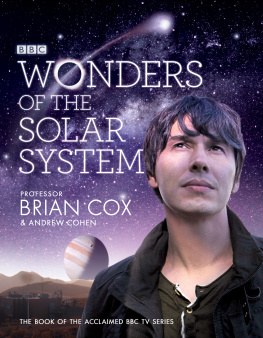Rama II
by Arthur C. Clarke and Gentry Lee
I never imagined, until a few years ago, that I would ever collaborate with another writer on a work of fiction. Non-fiction was different: Ive been involved in no less than fourteen multi-author projects (two with the editors of Life, and you dont get more multiplex than that). But fiction no way! I was quite sure I would never let any outsider tamper with my unique brand of creativity
Well, a funny thing happened on the way to the word processor. Early in 1986 my agent, Scott Meredith, called me in his most persuasive Dont-say-no-until-Ive-finished mode. There was, it seemed, this young genius of a movie producer who was determined to film something anything of mine. Though Id never heard of Peter Guber, as it happened I had seen two of his movies (Midnight Express, The Deep), and been quite impressed by them. I was even more impressed when Scott told me that Peters latest, The Color Purple, had been nominated for half a dozen Oscars.
However, I groaned inwardly when Scott went on to say that Peter had a friend with a brilliant idea hed like me to develop into a screenplay. I groaned, because there are no new ideas in s.f, and if it really was brilliant Id have thought of it already.
Then Scott explained who the friend was, and I did a double-take. The project suddenly looked very exciting indeed, for reasons that had nothing to do with Peter Guber, but a lot to do with Stanley Kubrick.
Flashback. Twenty years earlier, in 2007: A Space Odyssey, Stanley and I had visited the moons of Jupiter, never dreaming that these completely unknown worlds would, in fact, be reconnoitered by robots long before the date of our movie. In March and July 1979, the two Voyager probes revealed that lo, Europa, Ganymede, and Callisto were stranger places than wed dared to imagine. The stunning views of Jupiters giant satellites made it possible no, imperative for me to write 2070: Odyssey Two. This time around, the Jovian sequences could be based on reality, not imagination; and when Peter Hyams filmed the book in 1984, he was able to use actual images from the Voyager spacecraft as backgrounds for much of the action.
Spectacular though the results of the 1979 missions were, it was confidently hoped that they would be quite surpassed within a decade. The Voyager spacecraft spent only a few hours in the vicinity of Jupiter, hurtling past the giant planet and its moons on the way to Saturn. But in May 1986, NASA planned to launch Galileo, an even more ambitious space probe. This would make not a brief fly-by, but a rendezvous; Galileo would spend two years, starting in December 1988, on a detailed survey of Jupiter and its major moons. By 1990, if all went well, there would be such a flood of new information about these exotic worlds that a third Space Odyssey would be inevitable. That was what I was planning to write; Id hitched my wagon to Galileo, and could hardly care less about some amateur science fiction authors ideas. How to turn him down politely? I was still pondering this when Scott continued:
Peter Guber wants to fly out to Sri Lanka, just for thirty-six hours, to introduce this guy to you. His name is Gentry Lee, and let me explain who he is. He works at the Jet Propulsion Laboratory, and hes the chief engineer on Project Galileo. Have you heard of that?
Yes, I said faintly.
And before that, he was director of mission planning for the Viking landers, that sent back those wonderful pictures from Mars. Because he felt the public didnt appreciate what was going on in space, he formed a company with your friend Carl Sagan to make Cosmos he was manager of the whole TV series
Enough! I cried. This man I have to meet. Tell Mr. Gabor to bring him here right away.
The name, said Scott, is Guber. Peter Guber.
Well, it was agreed that the two of them would fly out to Sri Lanka, and if I liked Gentrys idea (and, equally important, Gentry) Id develop an outline perhaps a dozen pages which would give characters, locations, plot, and all the basic elements from which any competent script writer could generate a screenplay.
They arrived in Colombo on February 12, 1986 just two weeks after the Challenger disaster. 1986 was going to be the Big Year for Space, but now the entire NASA program was in total disarray. In particular, Galileo would be delayed for years. It would be 1995 before there could be any further news from the moons of Jupiter. I could forget about Odyssey Three just as Gentry could forget about doing anything with Galileo except getting it back from the Cape and putting it in mothballs.
Happily, the Guber-Lee-Clarke Summit went well, and for the next few weeks I filled floppy disks with concepts, characters, backgrounds, plots anything which seemed even remotely useful to the story wed decided to call Cradle. Gentry liked my four-thousand-word outline and flew out to Sri Lanka again so that we could fill in the details. From then onward, we were able to collaborate by making frequent phone calls and flying yards of printout across the Pacific.
The writing took the best part of a year, though of course we were both involved in other projects as well. When I discovered that Gentry had a considerably better background in English and French literature than I did (by now I was immune to such surprises) I heroically resisted all attempts to impose my own style on him. This upset some longtime ACC readers, who when Cradle appeared under our joint names were put out by passages where I should have done a little more sanitizing. The earthier bits of dialogue, I explained, were the result of Gentrys years with the hairy-knuckled, hard-drinking engineers and mathematicians of JPLs Astrodynamics Division, where the Pasadena cops often have to be called in to settle bare-fisted fights over Bessel Functions and nonlinear partial differential equations.
Though Id greatly enjoyed working with Gentry, when wed finished rocking Cradle I had no plans for further collaboration because Halleys Comet was now dominating my life, as it had failed to dominate terrestrial skies. I realized that its next appearance, in 2061, would provide a splendid opportunity for a third Space Odyssey. (If the much-delayed Galileo does perform as hoped in 1995 and beams back megabytes of new information from the Jovian system, there may be a Final Odyssey. But I make no promises.)
By the summer of 1987, 2061: Odyssey Three was doing very nicely in the bookstores, thank you, and I was once again beginning to feel those nagging guilt pains that assail an author when hes not Working On A Project. Suddenly, I realized that one was staring me right in the face.
Fifteen years earlier, the very last sentence of Rendezvous With Rama had read: The Ramans do everything in threes. Now, those words were a last-minute afterthought when I was doing the final revision. I had not cross my heart any idea of a sequel in mind; it just seemed the correct, open-ended way of finishing the book. (In real life, of course, no story ever ends.)
Many readers and reviewers jumped to the conclusion that I had planned a trilogy from the beginning. Well, I hadnt but now I realized it was a splendid idea. And Gentry was just the man for the job: He had all the background in celestial mechanics and space hardware to deal with the next appearance of the Ramans.
I quickly outlined a spectrum of possibilities, very much as I had done with Cradle, and in a remarkably short time Scott had sold a whole package to Bantams Lou Aronica. Rama II, The Garden of Rama, and Rama Revealed


